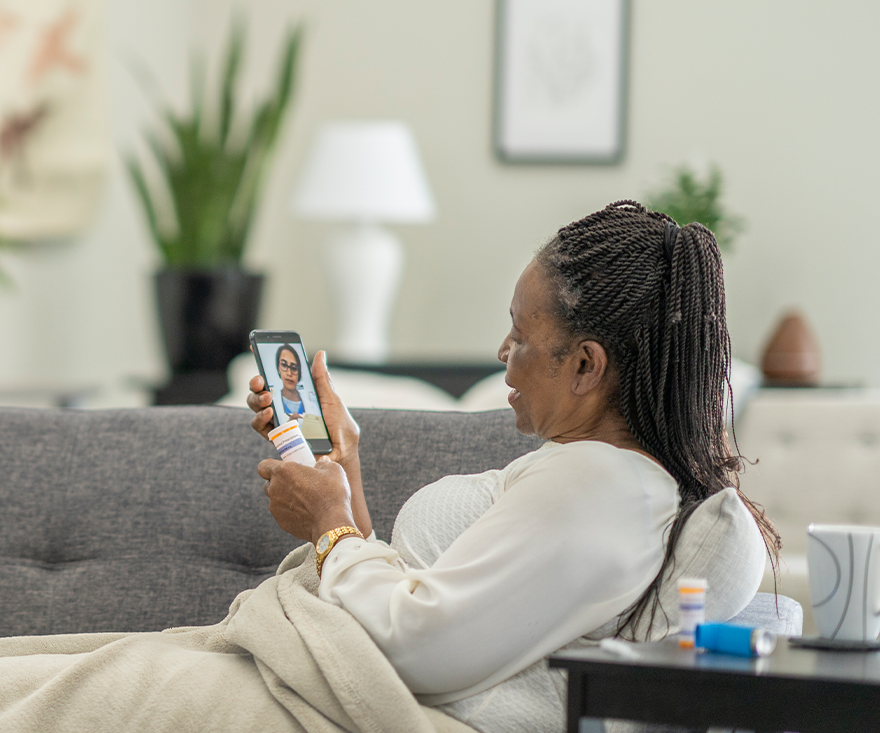Primary care is hindered by the fee-for-service payment model, says Jack Stoddard, CEO of Patina Health.
“Primary care practitioners have good intent, but they end up trying to optimize their economics and their care model with the resources that they have. And so you end up with care that is very reactive, sick care,” Stoddard tells Oliver Wyman’s Bryce Bach in this Oliver Wyman Health podcast.
It doesn’t have to be that way, Stoddard contends. By making the right investments, aligning incentives, improving care coordination, and embracing team-based care, primary care can do a better job of serving patients. Patina is at the forefront of trying to make that happen. The company offers a hybrid model for seniors — virtual care and in-home visits. It utilizes team-based care and is committed to taking on financial risk.
Stoddard and Bach break down Patina’s business model and how it is resonating with seniors, payers, and clinicians. They also examine disruption occurring across the primary care landscape.
Show Highlights:
“If you think about most care today, it's still in that Blockbuster mode of drive, park, and wait. We're in a world where every other consumer industry is moving towards this on-demand, highly personalized, tech-forward experience, other than healthcare.”
“Most primary care practices are built close to where primary care doctors live…. So, you end up in many major metro areas with these primary care deserts. Our model will go to wherever the person lives. We're serving people in rural parts, in suburban neighborhoods and in urban centers that you would never go and build a primary care clinic in.”
“We're also finding that Medicare Advantage plans are really interested in our approach because they're trying to compete for Medicare lives on two primary levers. One is cost and one is coverage.”
“The care model is actually being delivered through a team-based approach, which allows you to serve more people on the primary care physician’s panel. And the neat thing about it is that consumers are okay with it.”
“We get some upside risk in year one upside-downside in year two, and then full risk in year three is typically kind of the structure that we have … the key piece is that, you know, our operation is fully at risk — we're doing all the same things for people. We're taking care of people, we're being proactive, we're coordinating care. None of that changes because of the financial model. In terms of revenue and then ultimately our profitability, we’ll grow into it as we get more patients with each of the health plan partners in each market.”
To learn more contact Matthew Weinstock, Senior Editor, Health and Life Sciences.
